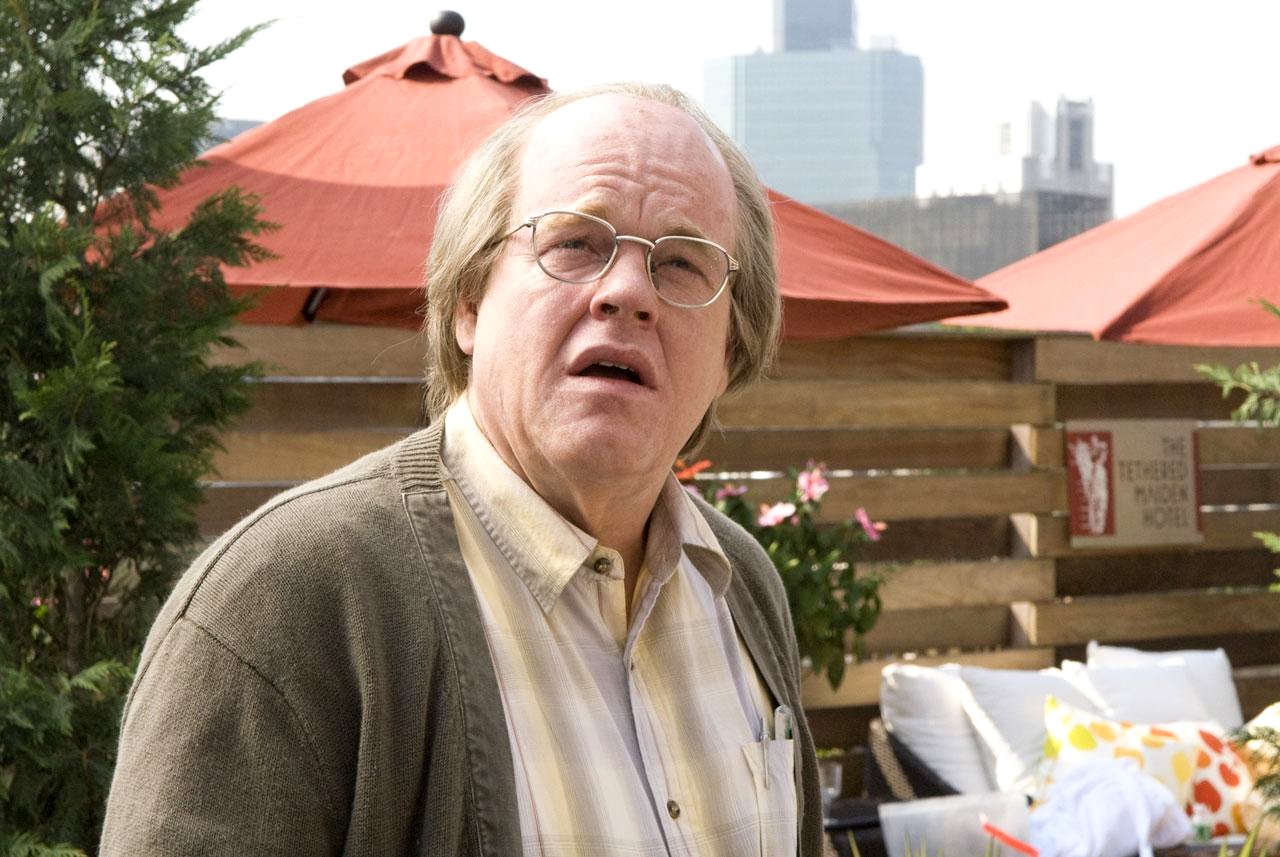
The strongest movies are those that get at the heart of what it means to be human, allowing viewers to feel connected to characters with lives that are drastically different from their own. As a filmmaker, one of the most effective ways of endearing an audience to a film’s characters is by utilizing universal emotions to create a bridge of understanding. Emotions such as love, fear, sadness, and anger are widely understood by audiences, because most people have felt these emotions themselves; by highlighting a character’s experience with universal emotions in a movie, filmmakers effectively form a strong connection and robust sense of understanding between the audience and the film’s characters.
One such universal emotion is existential dread. This is an emotion that most people have experienced, or will experience, at some point in their lives. Generally, feelings of existential dread follow a time in a person’s life when they have been forced to come face-to-face with their own mortality–with the inevitability of their death. Feeling existential dread can lead people to examine their place within the world, to consider the meaninglessness of their actions, and sometimes to regret the life that they have so far lived. Because of this, existential dread often accompanies the process of aging. Existential dread is an emotion that has been widely explored by artists, authors, and filmmakers over time, testifying to its universality.
1. Synecdoche, New York (2008)
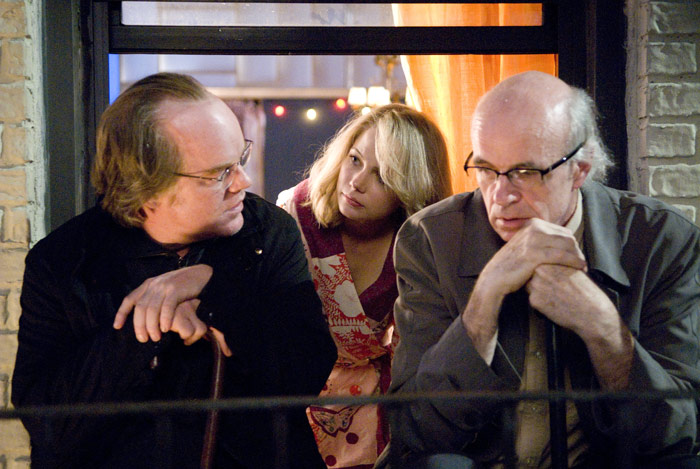
No one does existential dread quite like Charlie Kaufman. Time and time again, the writer/director’s films have been able to get at the heart of what it means to be human. From love to loneliness to horror, Kaufman has experimental styles of narrative to highlight the breadth of universal human emotion in his body of work.
Synecdoche, New York is no outlier. As the film follows a highly-neurotic playwright (played by Philip Seymour Hoffman) through a divorce and a series of mysterious health problems, audiences get a sense that this movie is about more than just the process of directing a play. Growing old, death, and the existential dread that comes with both become principal themes as the film pushes on. The playwright’s health problems worsen. He becomes convinced that he is dying. Large spans of time pass in minutes, and even the youngest character grows old and dies. All the while, the playwright struggles to complete his final play as the scale of the project spirals out of control. Ultimately, the anxiety and dread of the film’s protagonist are transferred to the audience, leaving them to wonder, “Is it possible to find meaning in a life where death always lingers on the horizon?”
2. Clouds of Sils Maria (2014)
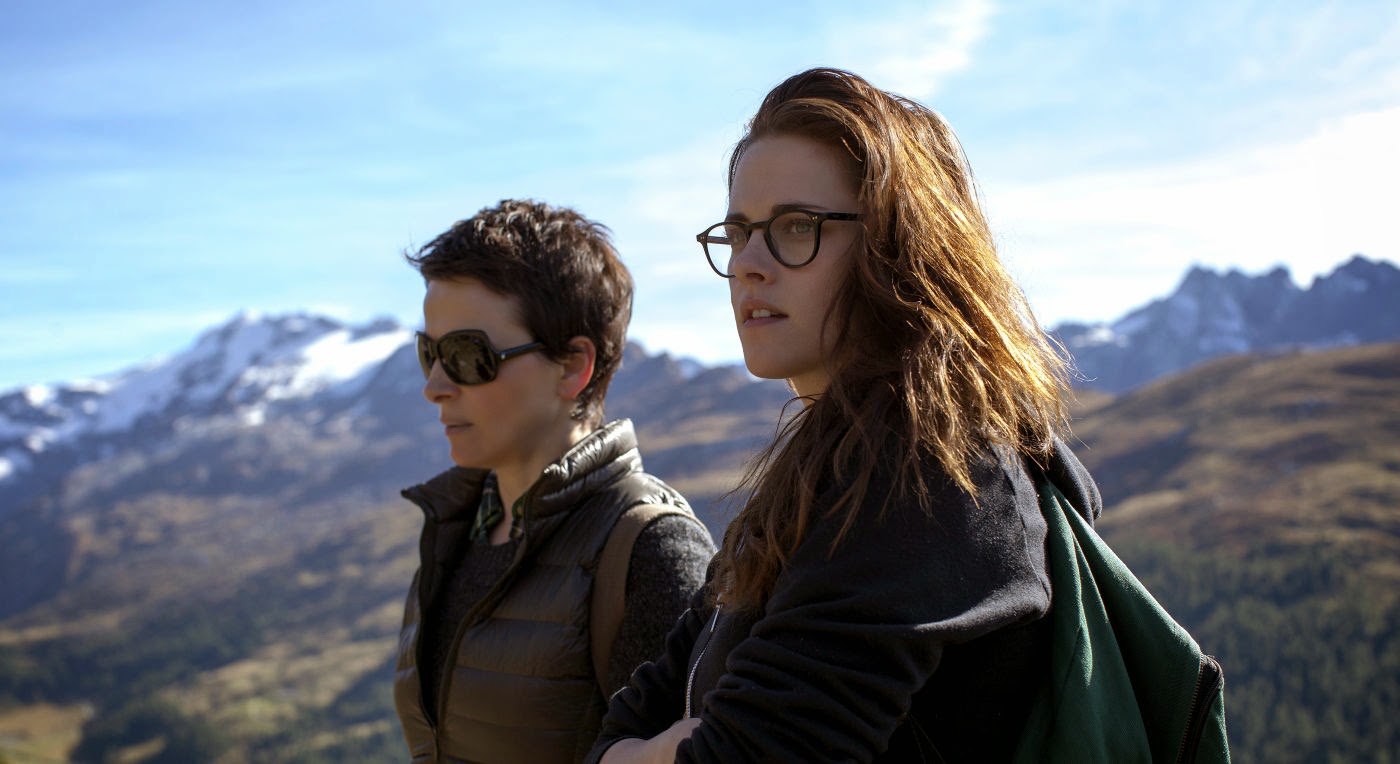
Clouds of Sils Maria follows an aging actress as she prepares to play the older, less-likable counterpart of the role that made her famous decades ago. In preparation for the role, the woman and her twenty-something American assistant have traveled to an isolated Swiss retreat to prepare for the role. In learning her lines and trying to embody the role, the actress must come face-to-face with the reality of getting older. Beyond the fact that she must play the older of the two characters, she must also play the less-likeable of the two. This brings her face-to-face with the prejudice that both her industry and the world at large has against older women. She still sees herself as belonging in the younger, lighter, nicer role, but her physicality prevents her from continuing to be seen as that. In the remote retreat location, she is trapped with this reality. Great tension ensues.
Where Clouds of Sils Maria truly excels is in its ability to capture the unique existential dread of aging as a woman, specifically a woman in Hollywood. Beyond the fact that the actress must accept that she is simply aging, she must also accept the reality that she is aging out of her industry. When aging is directly tied to one’s commercial value, the inevitable process reaches an even greater level of dreadfulness.
3. Wild Strawberries (1957)
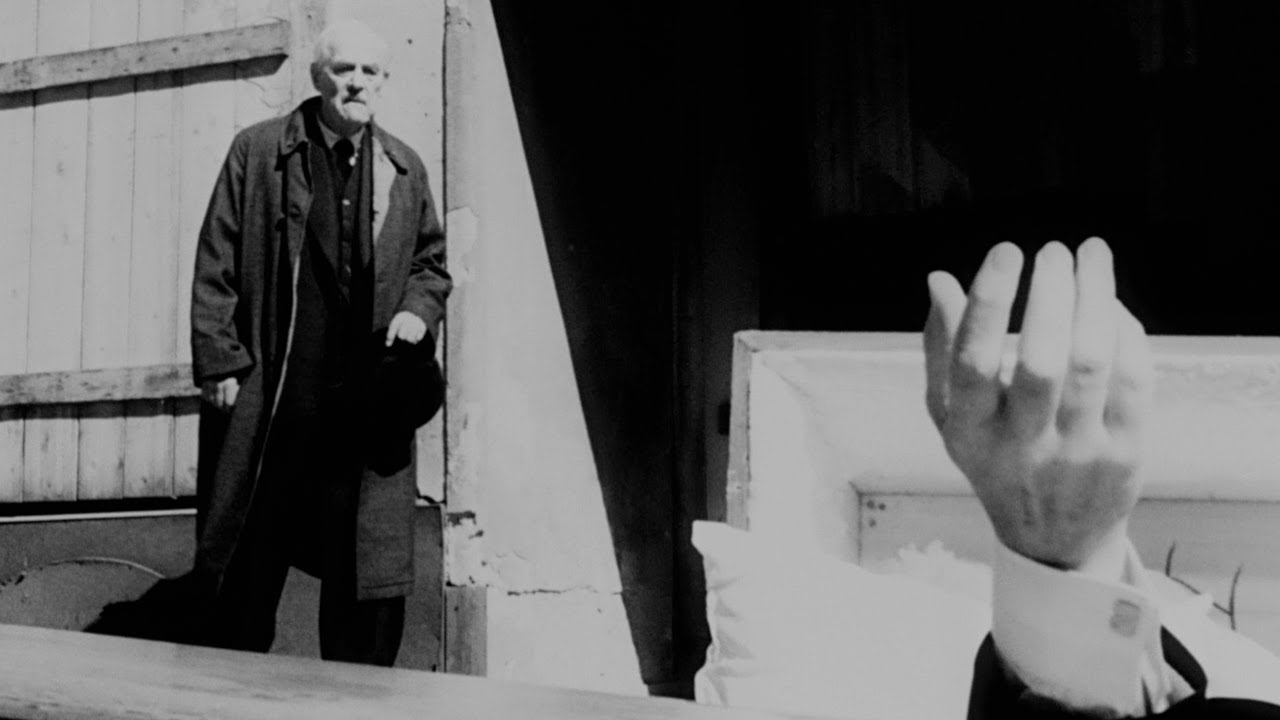
Wild Strawberries, written and directed by the legendary Sweedish director Ingmar Bergman, follows an aging physician as he grapples with his old age and impending death. As the elderly man deals with nightmares and daydreams related to his existential dread surrounding aging, he meets a series of hitchhikers who force him to reflect on his past and accept his future. Although Wild Strawberries is concluded with the protagonist’s eventual recognition in and acceptance of his mortality, the process of getting there is an astute reflection on the existential dread that follows many people into old age.
Through films like The Seventh Seal and Persona Bergman has proven himself to be a director deeply talented in evoking the universal human emotions throughout the characters, plots, and direction of his films. Wild Strawberries is certainly no outlyer. The film’s creative treatment illustrates a range of emotions that define the human condition: love, guilt, sorrow, joy. In the context of this Wild Strawberries, a new depth is added to each of these emotions, as they are all felt under the umbrella of a state of existential crisis. Love and joy washed in existential dread is more than just love and joy. Fear and sorrow felt with existential dread are not simply fear and sorrow. This film finds its strength in the depth and complexity it finds in emotion.
4. 8 ½ (1963)
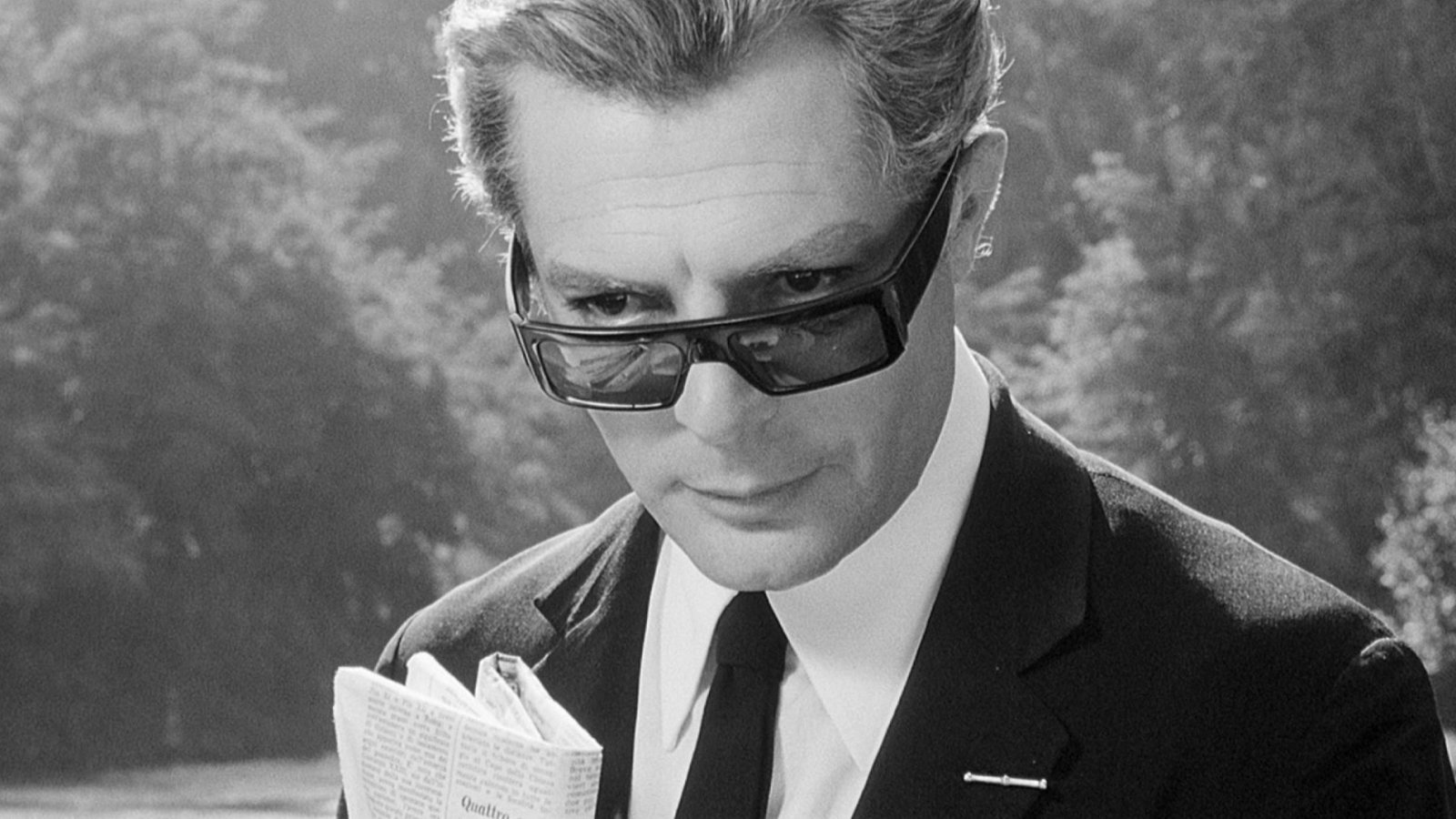
8 ½ is a surrealist film by famed Italian filmmaker Federico Fellini. The movie follows a successful film director who suffers from a creative block while working on his new film. As the man struggles to make progress on his movie, the film dances in and out of reality. Throughout the film, fantasy sequences that embody a state of dreamlike surrealism give audiences a glimpse into the internal workings of the film’s protagonist. At one point in the film, the director is transported back to the time of his youth; he spends time at his grandmother’s villa, dances on the beach, and revisits memories of being punished as a schoolboy in catholic school. As the film goes on, he envisions various other fantasies, revealing the great regrets and insecurities that the man has had in his life.
This film tackles many themes beyond simply the process of aging. However, the existential dread of aging–or the fear of leaving the world without contributing anything of significance–still sets the undertone for much of the movie.
5. American Beauty (1999)
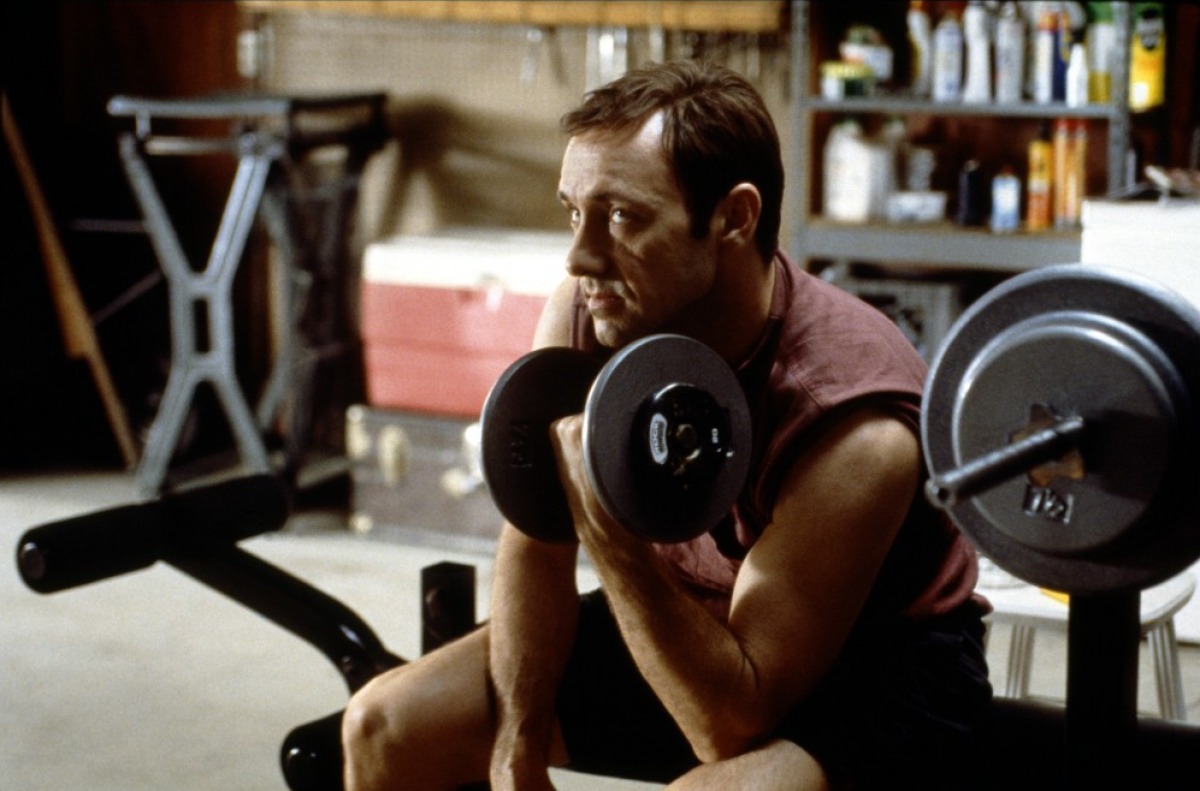
American Beauty opens with a montage that details the discontent that Lester Burnham (played by Kevin Spacey) feels with his picture-perfect suburban life.”My name is Lester Burnham. I’m forty two-years old. In less than a year, I’ll be dead,” he states before launching into a description of his depressing, and distinctly-suburban, morning routine. This introduction immediately pulls viewers into the world of Lester–a world filled to the brim with existential dread. Watching American Beauty under the knowledge that its protagonist will die at the end forces viewers to consider that, in their own personal narratives, they will also die in the end. What better a way to instill a sense of existential dread within an audience?
American Beauty goes on to explore the type of existential anguish most frequently highlighted in media: the midlife crisis. Upon realizing that one is halfway through their life, a painful awareness of their own mortality washes over some people. This often translates to an examination and realization of discontentment in one’s life. As is commonly known, an existential crisis is likely to lead a person to make rash and extreme changes in their lives. For Lester, this translates into his pursuit of a relationship with a teenager, a job at a fast food restaurant, lots of time spent smoking weed, and a fixation on lifting weights. Because of this, watching American Beauty is watching a midlife crisis play out on screen, existential dread and all.